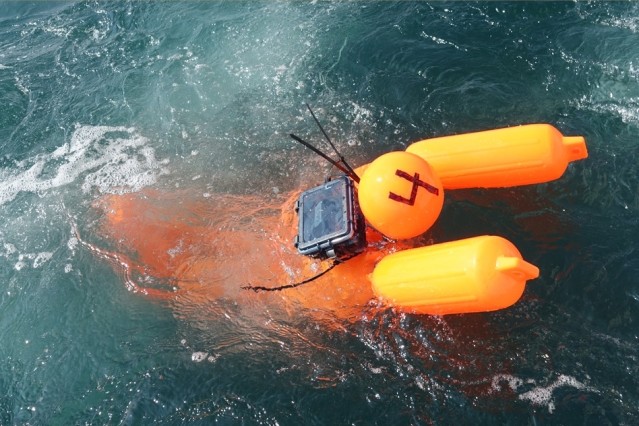The ocean can be a ferociously wild place, which makes locating lost people and objects a tall order for first responders. Researchers at MIT have developed a new algorithm that takes stock of ocean conditions to determine in real-time where these missing items and people are likely to appear, which could give the efficiency of search and rescue operations a big boost.
Search and rescue teams combing the oceans today rely on models of ocean dynamics and weather forecasts to determine the best areas to focus their attention. But this is far from a perfect strategy, with the unpredictability of the ocean currents often leading the subject of the search along different paths to those originally predicted.
The MIT team set out to develop an improved method by focusing on what it refers to as hidden “traps,” where the forces of the ocean are likely to converge along with people or objects being taken along for the ride.
The team’s new algorithm relies on advanced ocean modeling that incorporates snapshots of ocean velocity driven by waves and currents, gathered close to where the missing object was last spotted. Mathematical models then generate a predicted trajectory for where the missing object may have drifted, with the model continuously updated as more snapshots of ocean velocity are fed into the algorithm.
The technology has been dubbed TRAPS (TRansient Attracting Profiles), with the team conducting a series of experiments out at sea to investigate how accurately it can identify these hotspots of ocean forces. This involved deploying sets of buoys and manikins, running the modeling system to map out the likely places where traps would appear, and then observing the paths of the freely drifting objects via GPS.

MIT
“With the GPS trackers, we could see where everything was going, in real-time,” says Thomas Peacock, professor of mechanical engineering at MIT. “So we laid out this initial, widespread pattern of the drifters, and saw that, in the end, they converged on these traps.”
With the ocean reliably steering the drifting objects to locations predicted by the TRAPS algorithm, the team believes its new technology could be of great benefit to search and rescue teams, and now plans to share it with first responders.
“People like Coast Guard are constantly running simulations and models of what the ocean currents are doing at any particular time and they’re updating them with the best data that inform that model,” Peacock says. “Using this method, they can have knowledge right now of where the traps currently are, with the data they have available. So if there’s an accident in the last hour, they can immediately look and see where the sea traps are. That’s important for when there’s a limited time window in which they have to respond, in hopes of a successful outcome.”
A paper describing the technique was published in the journal Nature Communications.
Source: MIT
Source of Article